Water Facts
Water is a basic molecule that’s made up of two hydrogen atoms and one oxygen atom. When these three atoms come together, they form a super strong bond that is difficult to break.
The strength of this bond keeps a water molecule together for millions and even billions of years. That’s incredible! Let’s explore some fascinating and perhaps shocking facts about water!
Quick Water Facts
- Water may dissolve many compounds including Sulfuric acid.
- Less than half of the population in certain nations has access to clean water.
- The atmosphere contains more water than all of our rivers put together.
- In the United States, hollowed-out logs served as the earliest water pipelines.
- An American consumes 100 gallons of water on average per day.
- One calorie of food requires.26 liters of water to irrigate.
- The driest half of the earth is home to 85% of the world’s population.
- Half of the world’s population will reside in water-stressed nations by 2025.
- Coffee and tea require more than twice as much water as each other.
- The least water-consuming meats are chicken and goat.
How does water affect our lives?
Water basically decides where people live, where cities develop. Since ancient times, explorers have “followed the water.” Before the development of cars and planes, water was the main passageway for people to get around.
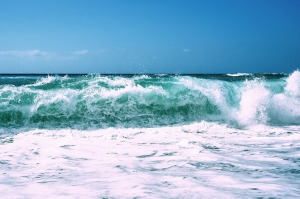
Water is found almost everywhere on earth and is needed for all known life. Without water, cells within our bodies would die. None of the functions that we perform on a daily basis that are critical to our survival, such as breathing, digestion, or muscle movement, would happen without water.
About 70% of the human body is made up of water. We need water that doesn’t have too much salt or other impurities in it. Some of the impurities include toxic chemicals or harmful bacteria.
Water on Earth
About 70% of the earth’s surface is covered by water. The oceans hold about 96.5% of the earth’s water. Less than 1% water is for the atmosphere, lakes and rivers; about 2% for non-seasonal frozen water and about 1.6% for groundwater.
The solid state of water is known as ice; the gaseous state is known as steam. Water is found in the sea, lakes, oceans, rivers, canals, ponds etc.
Water creates an environment that helps plants, animals and humans, making Earth a perfect match for life in general.
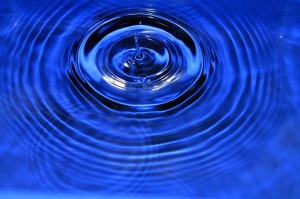
There are different views on whether the amount of water on Earth changes or not over time. Some scientists believe the amount of water that is on the Earth today is the same amount that was on the Earth during prehistoric times. Others say it changes in large amounts.
A paper by a scientists called Pope and his colleagues suggests there was roughly 26% more water on the earth about 3.8 billion years ago – roughly when life began on the planet – than there is now.
Why is Water so Important to Life
Well, it is the only substance on Earth that is in liquid form that has roughly the same temperatures that are found on the surface of our planet. Secondly, it is a brilliant solvent, which means that other substances can easily dissolve in it.
This allows water to carry nutrients to cells, and carry waste away from them. Water also has a unique way of expanding as it freezes; it becomes less dense, and this is known as ice which floats. This is very important because it protects the water underneath it, which stops it from freezing.
If water became denser it would sink, allowing another layer of water to freeze. Eventually all the water across the entire surface of the planet would freeze, making life impossible.
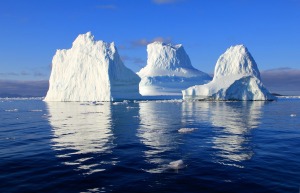
Water is constantly moving. The main process that is all about water moving is the hydrologic cycle.
Water shortages
Climate changes, as well as other pressures, are having some major effects on water around the world and alarm bells are going off to focus seriously on this challenge. Two-thirds of the world’s population is projected to face water shortages by 2025, according to the United Nations.
Water beyond Earth
Let’s say they find a way for us to live on the moon, there is no way we could go there if there was no water. Apparently, there are reservoirs of water ice that may already exist there. According to the initial data from NASA’s Lunar Prospector, water ice exists at both the north and south poles of the moon. Gosh, maybe one day we will be able to live there, who knows!
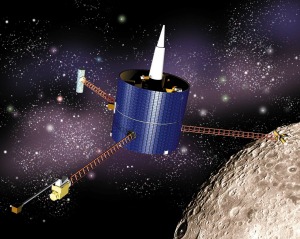
In 1996, NASA’s Clementine spacecraft showed that there was ice in the bottom of a crater near the moon’s South Pole. This area is permanently in shadow and very cold. In 1998, the Lunar Prospector probe found even more proof that there was more ice at the moon’s North Pole.
Scientists estimate that more than six billion tons (5.44 trillion kilograms) of water ice may be trapped near the moon’s Polar Regions.
Something to think about from Masaru Emoto
Masaru Emoto began studying water in great detail. This is pretty weird. He believed that human thought has a direct effect on the formation of ice crystals. If one had good thoughts, peaceful thoughts, perfect crystals would form, but if the thoughts were hateful, distorted crystals would form. Wow, best you start thinking happy thoughts.
He also said the water from rivers and lakes where water is kept unspoiled from development, awesome crystals could be seen with each one being unique. However, tap water or rivers and lakes near big cities would not produce these amazing crystals.
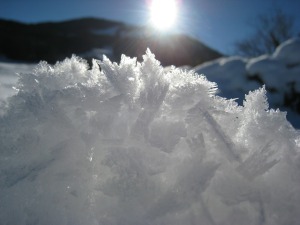
His work has been criticised by many scientists, but seeing as though we’re largely made up of water, perhaps it’s worth making sure we keep good, uplifting thoughts in mind in case his work proves to be true one day. Why not, as it makes us feel much better anyway?
